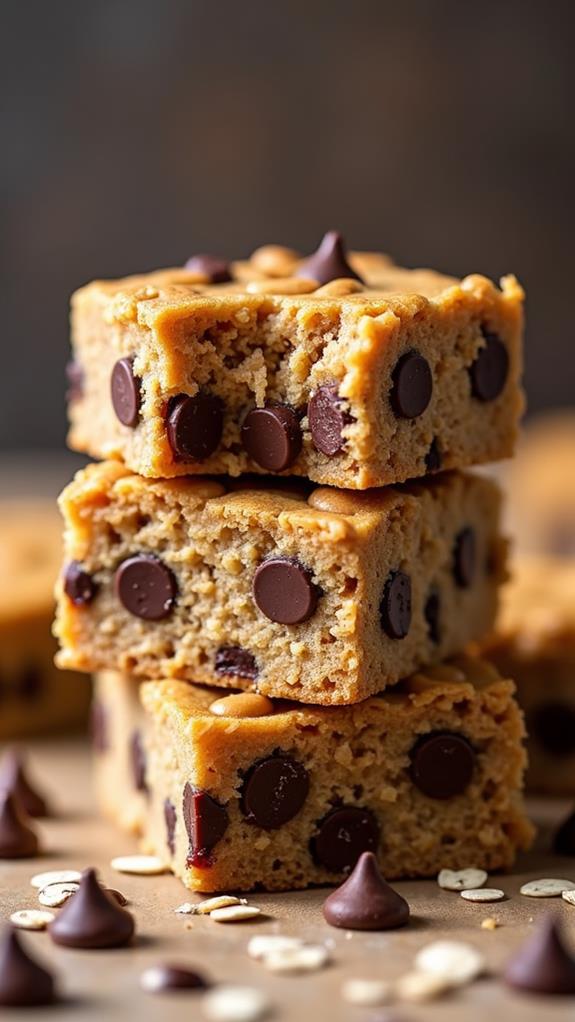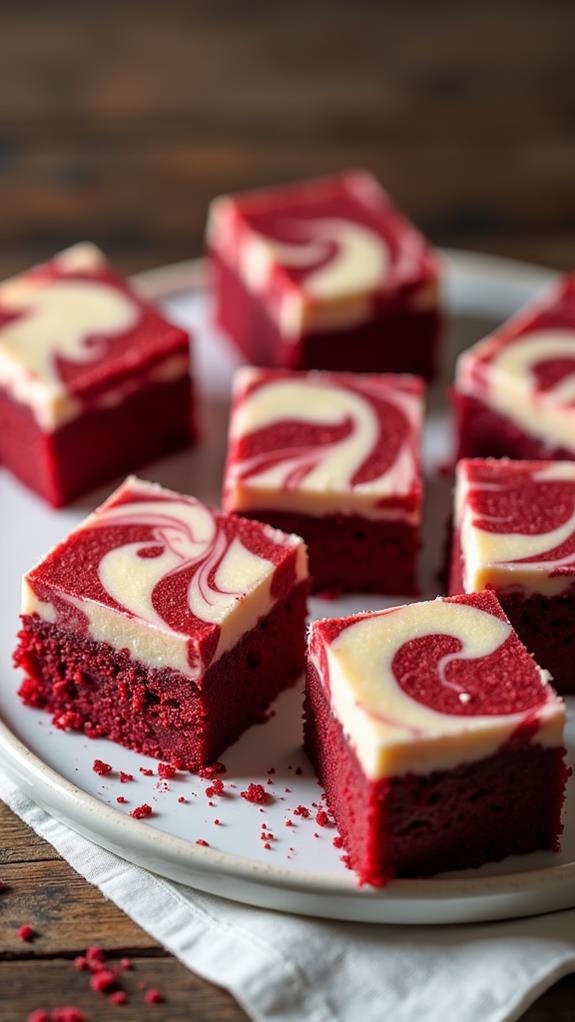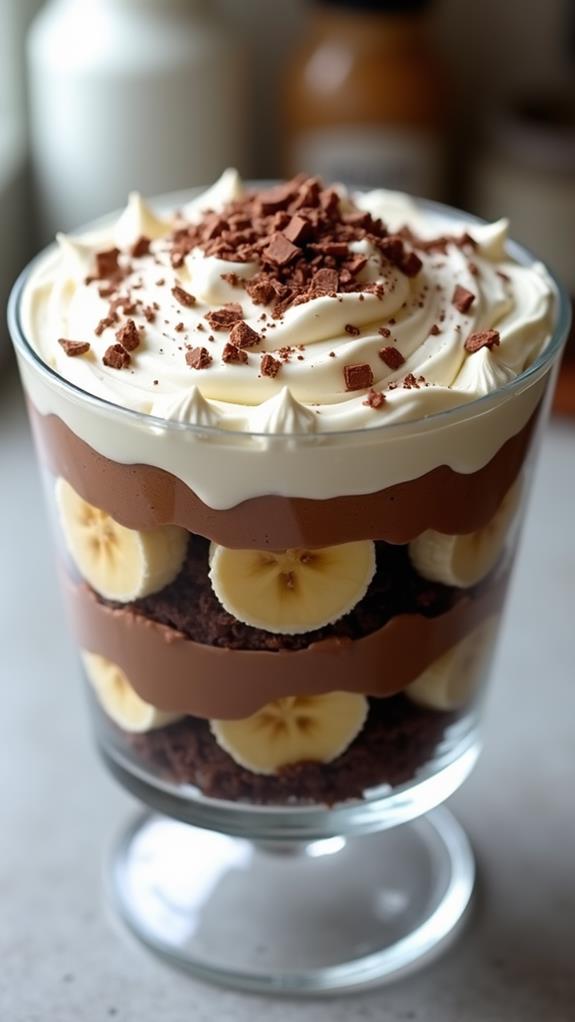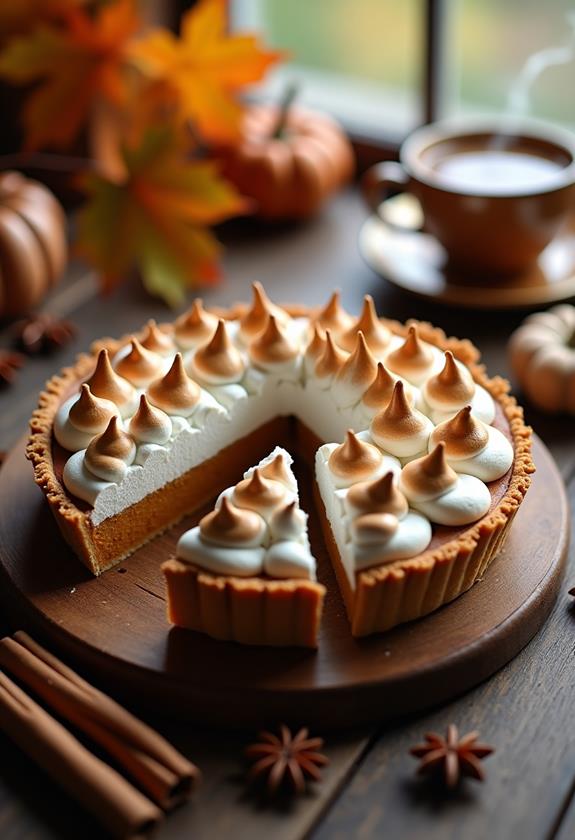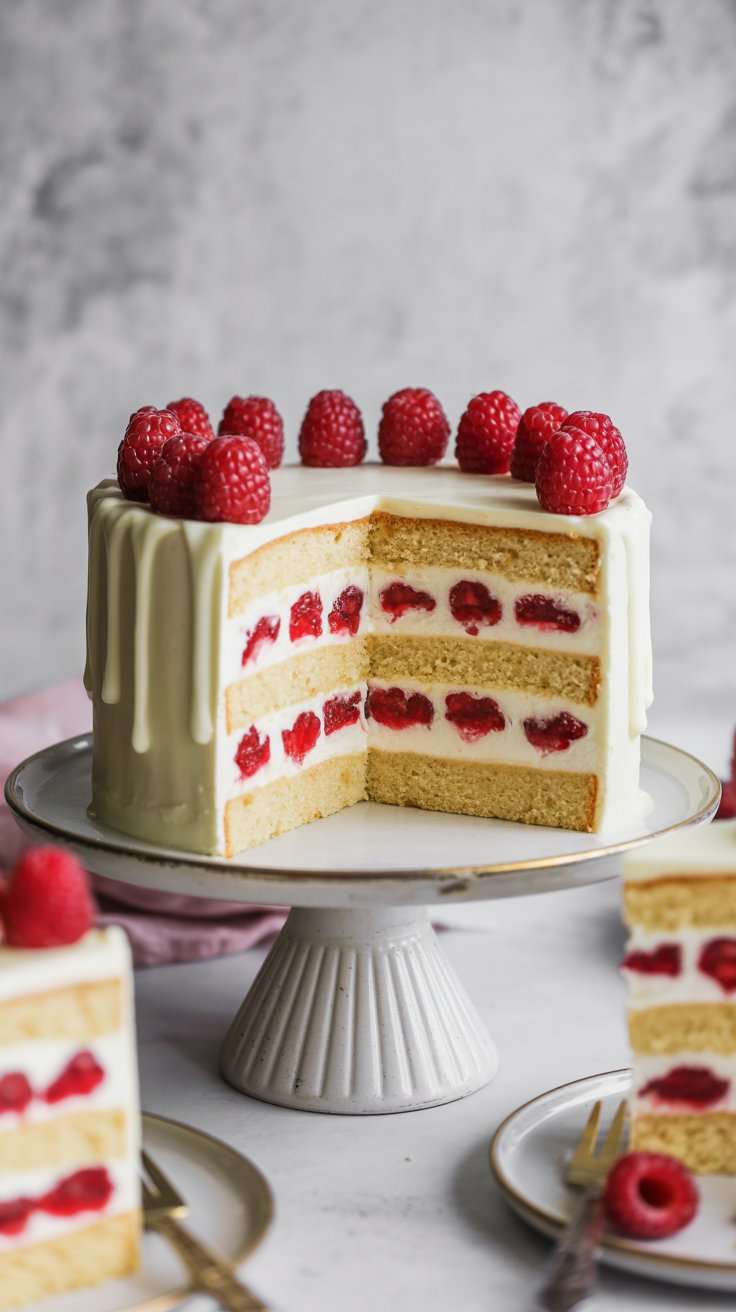Amish Baked Custard Recipe
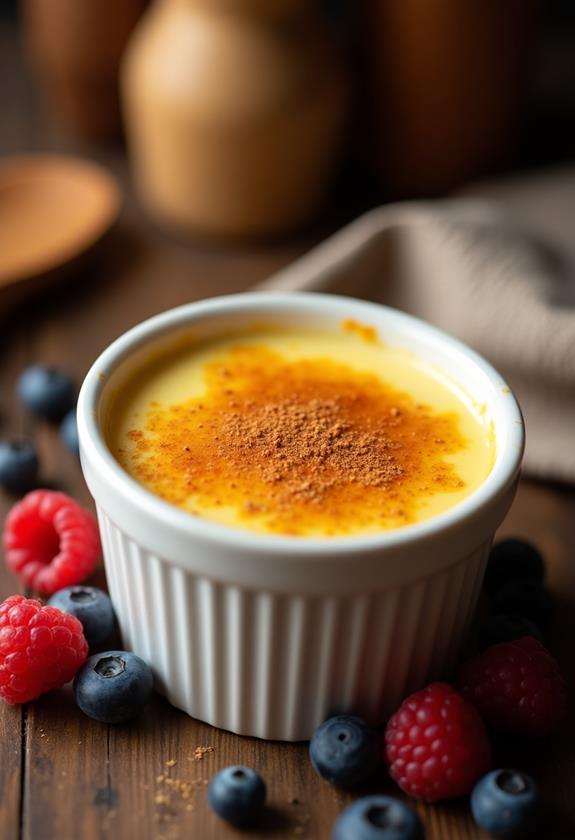
There’s something magical about traditional Amish desserts that brings comfort and warmth to any table. The Amish Baked Custard recipe is a perfect example of how simple, wholesome ingredients can create something truly extraordinary. This silky, smooth custard has been passed down through generations and continues to delight families with its rich vanilla flavor and creamy texture.
I’ve discovered that this recipe captures the essence of authentic Amish cooking – using basic pantry staples to create a dessert that feels both elegant and homey. Follow along as I share this treasured recipe that will fill your kitchen with the most wonderful aroma and your heart with satisfaction.
What is “Amish Baked Custard”?
Amish Baked Custard is a traditional dessert that embodies the simplicity and excellence of Amish cooking. Unlike stovetop custards that require constant stirring, this baked version is gently cooked in the oven using a water bath method, resulting in a perfectly smooth and creamy texture.
The beauty of this custard lies in its pure, unadulterated flavors. Made with just eggs, milk, sugar, and vanilla, it showcases how the Amish tradition of using fresh, quality ingredients can transform the simplest components into something spectacular. The slow baking process creates a custard that’s firm enough to slice yet tender enough to melt in your mouth.
This dessert represents the heart of Amish cooking philosophy – creating nourishing, delicious food that brings families together without unnecessary complexity or exotic ingredients.
Ingredients List for Amish Baked Custard
- 4 large eggs
- ⅓ cup granulated sugar
- ¼ teaspoon salt
- 1 teaspoon pure vanilla extract
- 2½ cups whole milk
- ¼ teaspoon ground nutmeg
- Additional nutmeg for sprinkling on top
How to Cook Amish Baked Custard: A Step-by-Step Guide
Creating the perfect Amish Baked Custard requires patience and attention to detail, but the process itself is wonderfully straightforward. Here’s my detailed guide to ensure your custard turns out silky and delicious every time:
1. Prepare Your Oven and Equipment:
- Preheat your oven to 325°F (165°C).
- Place a large roasting pan or baking dish in the oven that’s large enough to hold your custard cups.
- Gather six 6-ounce custard cups or ramekins and arrange them in the roasting pan.
2. Heat the Milk:
- Pour the whole milk into a medium saucepan and heat it over medium heat.
- Warm the milk until it’s steaming and small bubbles form around the edges, but don’t let it boil.
- Remove from heat and let it cool slightly while you prepare the egg mixture.
3. Prepare the Egg Mixture:
- In a large mixing bowl, gently whisk the eggs until they’re well combined but not frothy.
- Add the granulated sugar, salt, and vanilla extract to the eggs.
- Whisk the mixture until the sugar is completely dissolved and the ingredients are well blended.
4. Combine and Strain:
- Slowly pour the warm milk into the egg mixture, whisking constantly to prevent the eggs from scrambling.
- Add the ground nutmeg and stir gently to distribute evenly.
- Strain the mixture through a fine-mesh sieve to remove any lumps and ensure a perfectly smooth custard.
5. Fill and Bake:
- Divide the custard mixture evenly among the prepared custard cups.
- Sprinkle the tops lightly with additional nutmeg for that classic Amish touch.
- Carefully pour hot water into the roasting pan until it reaches halfway up the sides of the custard cups.
- Bake for 35-45 minutes, or until a knife inserted near the center comes out clean.
6. Cool and Serve:
- Remove the custard cups from the water bath and let them cool to room temperature.
- Refrigerate for at least 2 hours before serving for the best texture and flavor.
Substitutions and Variations
While traditional Amish Baked Custard is perfect as written, I understand that dietary needs and preferences sometimes require modifications. Here are some substitutions and variations you can try:
- Milk Options: You can substitute the whole milk with 2% milk for a lighter version, or use half-and-half for an even richer custard. For dairy-free options, try full-fat coconut milk or cashew milk.
- Sugar Alternatives: Replace granulated sugar with brown sugar for a deeper, molasses-like flavor, or use maple syrup (reduce to 3 tablespoons) for a subtle maple taste.
- Flavor Variations: Try almond extract instead of vanilla for a different flavor profile, or add a tablespoon of rum or brandy for an adult version.
- Spice Options: Instead of nutmeg, experiment with cinnamon, cardamom, or a pinch of ginger for unique flavor combinations.
- Egg Substitutes: For those avoiding eggs, you can use a commercial egg replacer, though the texture will be slightly different from the traditional version.
Common Mistakes to Avoid
Having made this custard countless times, I’ve learned to avoid these common pitfalls that can affect the final result:
- Overheating the Milk: Scalding or boiling the milk can cause the proteins to denature, resulting in a grainy texture. Keep the heat moderate and watch for steaming.
- Adding Hot Milk Too Quickly: Pouring hot milk directly into eggs without tempering will scramble the eggs. Always add the milk slowly while whisking continuously.
- Skipping the Straining Step: Even if your mixture looks smooth, straining removes any small lumps and ensures the silkiest texture possible.
- Overbaking: Custard continues to cook even after removing from the oven. It’s done when a knife inserted slightly off-center comes out clean – the very center might still be slightly jiggly.
- Not Using a Water Bath: The water bath (bain-marie) provides gentle, even heat that prevents the custard from curdling or developing a rubbery texture.
How to Serve Amish Baked Custard
Amish Baked Custard is delightful on its own, but I love serving it with simple accompaniments that complement its pure flavor. A dollop of fresh whipped cream adds richness, while a drizzle of maple syrup or honey provides extra sweetness. Fresh berries – strawberries, blueberries, or raspberries – add a lovely color contrast and bright flavor that balances the custard’s richness.
For a more traditional presentation, serve the custard in its baking cup with a small spoon, allowing each person to enjoy it directly from the ramekin. Alternatively, you can run a knife around the edges and turn the custard out onto individual plates for a more elegant presentation.
Presentation Ideas for Amish Baked Custard
To elevate the simple beauty of Amish Baked Custard, consider these presentation ideas:
- Caramel Drizzle: Create a simple caramel sauce by melting sugar until golden, then adding cream for a luxurious topping.
- Fresh Herb Garnish: A small sprig of fresh mint or a few lavender buds adds an unexpected and beautiful touch.
- Seasonal Fruit: Top with sliced peaches in summer, poached pears in fall, or candied citrus peel in winter.
- Dusting of Spices: A light dusting of cinnamon or cocoa powder through a fine sieve creates an elegant finish.
Amish Baked Custard Recipe Tips
Here are my tried-and-true tips for achieving custard perfection every time:
- Use Room Temperature Eggs: This helps them incorporate more smoothly with the other ingredients and reduces the risk of curdling.
- Test for Doneness Carefully: Insert the knife about ¾ of the way from the edge to the center – the very center should still have a slight jiggle.
- Cool Gradually: Let the custards cool in the water bath for 10-15 minutes before removing to prevent sudden temperature changes that could cause cracking.
- Quality Ingredients Matter: Since this recipe has so few ingredients, each one should be the best quality you can find – fresh eggs, pure vanilla, and good milk make a noticeable difference.
- Make Ahead: These custards actually improve in flavor after a day in the refrigerator, making them perfect for entertaining.
How to Store Amish Baked Custard
Proper storage ensures your Amish Baked Custard maintains its creamy texture and fresh flavor. Allow the custards to cool completely to room temperature before covering with plastic wrap or transferring to airtight containers. Store in the refrigerator for up to 4 days.
The custards are best served chilled, so remove them from the refrigerator just before serving. If you notice any condensation on the surface, gently blot it with a paper towel before serving. These custards don’t freeze well due to their high dairy content, so I recommend enjoying them fresh within the storage timeframe.
Frequently Asked Questions (FAQs)
Q: Can I make one large custard instead of individual portions?
A: Yes! You can bake this in a 1-quart baking dish, but increase the baking time to 50-60 minutes. The knife test still applies for doneness.
Q: Why did my custard curdle or become grainy?
A: This usually happens when the milk is too hot when added to the eggs, or if the oven temperature is too high. Always temper the eggs with warm (not hot) milk and bake at 325°F.
Q: Can I make this custard without a water bath?
A: While possible, I strongly recommend using the water bath as it provides gentle, even heat that prevents overcooking and ensures the smoothest texture.
Q: How do I know when the custard is perfectly done?
A: The custard is done when a knife inserted ¾ of the way from edge to center comes out clean. The very center might still jiggle slightly – that’s perfect.
Q: Can I add fruit directly to the custard mixture?
A: Fresh fruit can release water during baking and affect the texture. I recommend serving fruit as a topping rather than mixing it into the custard.
Conclusion
Amish Baked Custard represents everything I love about traditional home cooking – simple ingredients, time-honored techniques, and results that bring pure satisfaction. This recipe has graced tables for generations because it delivers consistent, comforting results that never go out of style.
Whether you’re serving this custard for a special occasion or simply treating your family to a wholesome dessert, you’re continuing a beautiful tradition of creating something wonderful from the simplest ingredients. The gentle sweetness, creamy texture, and aromatic spice make this custard a dessert that feels like a warm hug in every spoonful.
Take your time with this recipe, enjoy the peaceful process of making it, and savor the delicious results. This Amish Baked Custard will quickly become a treasured addition to your recipe collection, just as it has been for countless families before you. Happy baking!


